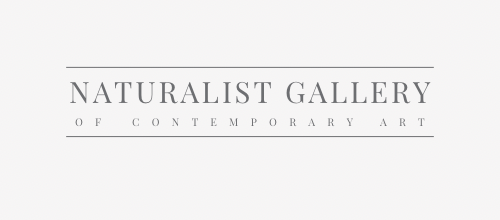Featured image: The Two Fridas (1939) Frida Kahlo
Color psychology is a field of study that delves into how color influences human behavior and emotional responses.
Color psychology explores how colors influence human emotions and behaviors, revealing that colors can affect mood, perception, and actions differently across various cultures and contexts.
This interdisciplinary area draws on elements of psychology, art, and marketing to explain the powerful effects that colors have on our daily lives.
Explore our curated selection of contemporary artists from around the globe.
Naturalist Gallery offers artist representation internationally. Apply your art.
Orange, Red, Yellow (1961) Mark Rothko
Understanding the Effects of Color Colors can evoke a wide range of emotions and behaviors. Warm colors such as red, orange, and yellow can stimulate feelings of warmth and comfort but also trigger aggression and anxiety. Cool colors like blue, green, and purple often evoke calmness and serenity but may also induce sadness or indifference.
Black Square (1915) Kazimir Malevich
Cultural and Contextual Influences The meaning and perception of colors vary significantly across different cultures and contexts. For instance, while white is often associated with purity in Western cultures, it symbolizes mourning in many Eastern cultures. Such cultural differences underscore the importance of context in color psychology.
Campbell's Soup Cans (1961) Andy Warhol
Color in Marketing and Branding In marketing, color is used strategically to influence consumer perceptions and behaviors. Colors can affect how a brand is perceived—from its personality to the emotions it evokes. For example, blue can promote feelings of trust and security, while red might enhance energy and urgency.
International Klein Blue (1962) Yves Klein
Therapeutic Uses of Color Historically, colors have been used in therapy, known as chromotherapy, to treat various conditions and influence emotions. This practice is based on the belief that certain colors have healing properties. For example, blue is believed to soothe illnesses and treat pain, while red is thought to stimulate the body and mind.
Room for One Colour (1997) Olafur Eliasson
Modern Research and Applications While some claims about color psychology lack robust empirical support, ongoing research continues to explore how colors affect us in various settings, including workplaces and educational environments. Understanding these effects can help enhance productivity, safety, and well-being.
Color psychology offers fascinating insights into how colors can shape our experiences and behaviors. Whether through innate responses or learned associations, colors have a profound impact on our lives, influencing everything from mood and communication to decision-making and branding.
Learn more About Naturalist Gallery of Contemporary Art.
The Old Guitarist (1903-1904) Pablo Picasso
You may also find the following articles helpful:
The 14 Essential Artists of Impressionism
Expressionism: 20 Iconic Paintings & Their Artists
Renaissance Art: Origins, Influences, and Key Figures
Classical Art Movement: Exploring the History, Artists, and Artworks
Figurative Art: Understanding, Collecting, and Appreciating the Style
Daily Routines of Famous Artists: Learn from the Masters
Top 12 Controversial Artworks That Changed Art History







